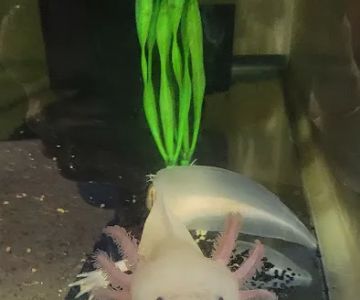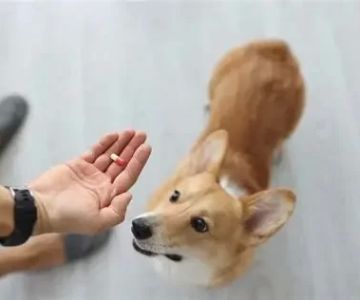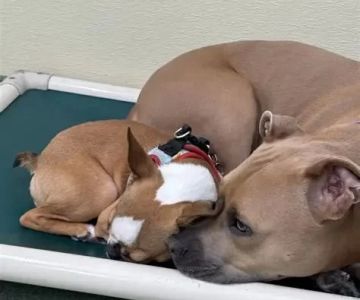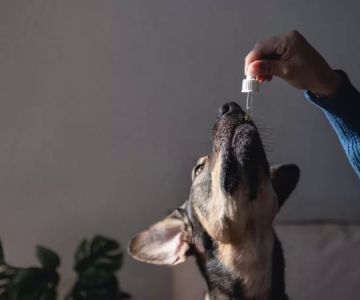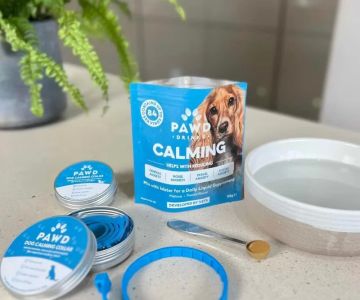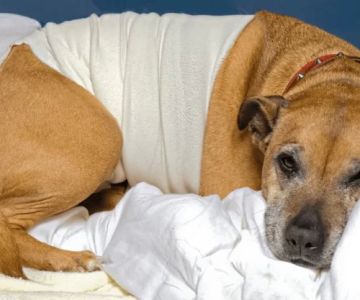Understanding Cat Hairballs: Why They Happen
If you're a cat owner, you've probably experienced the unpleasant surprise of a hairball on your carpet or furniture. While hairballs are a common issue for cats, especially those with long fur, understanding why they occur and how to manage them can help minimize the problem. In this article, I'll share some of the best tips and strategies for dealing with cat hairballs, and how you can help your feline friend stay comfortable and healthy.
1. What Causes Hairballs in Cats?
Hairballs, or trichobezoars, are the result of your cat grooming itself. Cats have rough tongues that are covered in tiny barbs, which help them comb through their fur. As they groom, they inevitably swallow some of their loose fur. Most of the hair passes through the digestive system, but sometimes it accumulates in the stomach and forms a hairball.
While hairballs are a natural part of a cat's grooming process, they can become problematic if your cat is shedding excessively or if it has difficulty passing the fur. Cats that are long-haired or those who groom more frequently tend to be more prone to developing hairballs. Some cats may also have a sensitivity to the way their digestive systems process the fur, leading to more frequent hairballs.
2. Regular Grooming: A Key Solution
One of the most effective ways to prevent hairballs is to keep your cat’s coat in good condition through regular grooming. By brushing your cat’s fur frequently, you can reduce the amount of loose hair that they ingest while grooming. Brushing also stimulates the production of natural oils that help maintain a healthy coat.
For long-haired breeds like Persians or Maine Coons, daily brushing is ideal. For short-haired cats, weekly brushing is generally sufficient. Not only does grooming prevent hairballs, but it also strengthens the bond between you and your cat. Plus, it allows you to check for other health concerns like fleas, ticks, or skin conditions.
3. Hairball Remedies: Foods and Supplements
In addition to regular grooming, certain foods and supplements can help reduce the formation of hairballs. Specialized hairball formulas for cats are available, which contain ingredients designed to help with the digestion of fur and reduce the likelihood of hairballs forming. These foods often contain more fiber, which aids in moving the hair through the digestive system.
You can also consider adding a hairball remedy supplement to your cat's diet. These supplements often come in the form of gels or treats and can help lubricate the digestive tract, allowing the hair to pass through more easily. Always consult your veterinarian before introducing new supplements to ensure they’re safe and appropriate for your cat.
4. Keep Your Cat Hydrated
Hydration plays a crucial role in preventing hairballs. A well-hydrated digestive system is more efficient at moving hair through the intestines, which can help prevent the formation of hairballs. Cats that aren’t drinking enough water may experience constipation, which can make it harder to pass the hair through their system.
Encourage your cat to drink more by offering fresh water daily and considering a cat water fountain. Some cats are more likely to drink running water, so a fountain can be a great investment. You can also try adding water or low-sodium broth to your cat’s food to boost their fluid intake.
5. When to Seek Veterinary Help
While hairballs are common, there are times when they can signal a more serious problem. If your cat is vomiting frequently, has difficulty passing a hairball, or seems to be in discomfort, it’s essential to consult your veterinarian. In some cases, hairballs can cause blockages in the intestines, which may require medical intervention.
Your vet may recommend treatments such as medications to help the hair pass through the digestive tract, or they may suggest diagnostic tests if they suspect an underlying health condition. If your cat is continuously struggling with hairballs, it’s better to get a professional opinion sooner rather than later.
6. Consider Your Cat’s Environment
The environment in which your cat lives can also impact the frequency of hairballs. Stress, anxiety, or boredom may lead to over-grooming, which increases the amount of hair they ingest. Ensuring that your cat has a stress-free environment with plenty of stimulation and enrichment activities is key to reducing excessive grooming.
Provide your cat with a variety of toys, scratching posts, and opportunities for exercise. Interactive playtime is a great way to keep your cat mentally stimulated and physically active, which can reduce stress and keep their grooming behavior in check.
Conclusion: Taking Care of Your Cat's Health and Comfort
Dealing with cat hairballs is part of being a responsible pet owner, especially for those with long-haired cats. By following these tips—regular grooming, using appropriate foods and supplements, keeping your cat hydrated, and providing a stress-free environment—you can help minimize hairball problems and keep your feline friend comfortable. Always consult your vet if you have concerns about your cat’s health, and take proactive steps to ensure their well-being.


